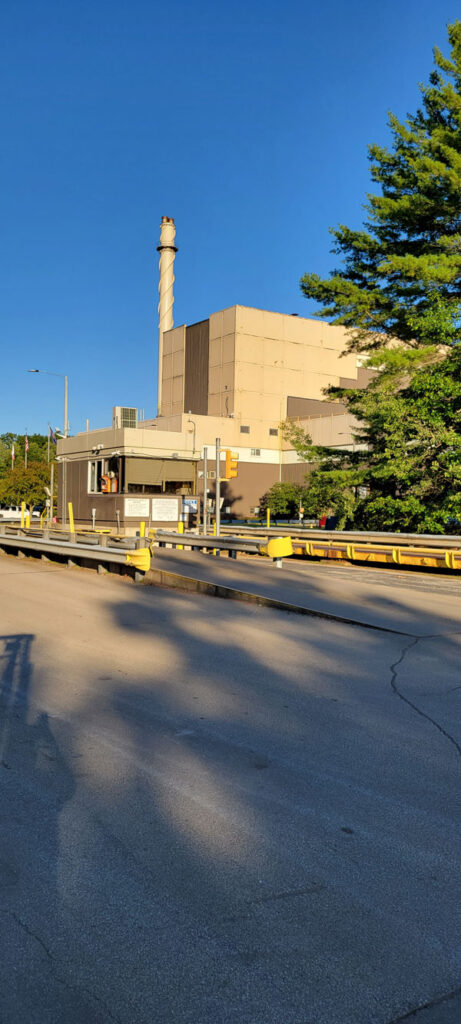solid waste 101

Incineration
Incineration of waste has a long history. From burn barrels in the back yard to the practice of “burning the dump” to today’s sophisticated incineration plants, fire has been a popular tool for reducing bulky wastes to much smaller volumes of ash. Such uncontrolled burning came to an end with enactment of the Clean Air Act (CAA) in 1970. This led to construction of incineration facilities.
Trash incinerators are essentially large furnaces that reduce the bulk of discarded items to a much smaller volume of ash. Incineration of trash generates heat, ash, particulate matter (fly ash) and flue gases. Waste-to-Energy plants are incinerators that use the heat from combustion to generate steam that operates turbines to produce electricity. Particulate matter and flue gases from early trash incinerators contributed significantly to air pollution. Subsequent development of air pollution control technologies, commonly referred to as “scrubbers,” can now remove fine particulates, sulfur and nitrogen oxides, heavy metals, dioxins, furans, acid gases, and other pollutants from the flue gases emitted to the air.
There is currently one Trash-to-Energy facility operating in New Hampshire, which handles up to 575 tons of waste daily and generates enough electricity to supply more than 14,000 homes. A second New Hampshire Trash-to-Energy facility operated from 1986 to 2013. Six New Hampshire municipalities formerly operated incinerators in association with their landfills; these facilities closed between 2002 and 2014.
Resources
Earth 911 – how waste incineration works.
Wheelabrator – a more sustainable solution (or say something about it besides just linking to it…
Stay in Touch
Join our email list to stay on top of the latest news on sustainable solid waste management, including action alerts for ways you can make your voice heard!
